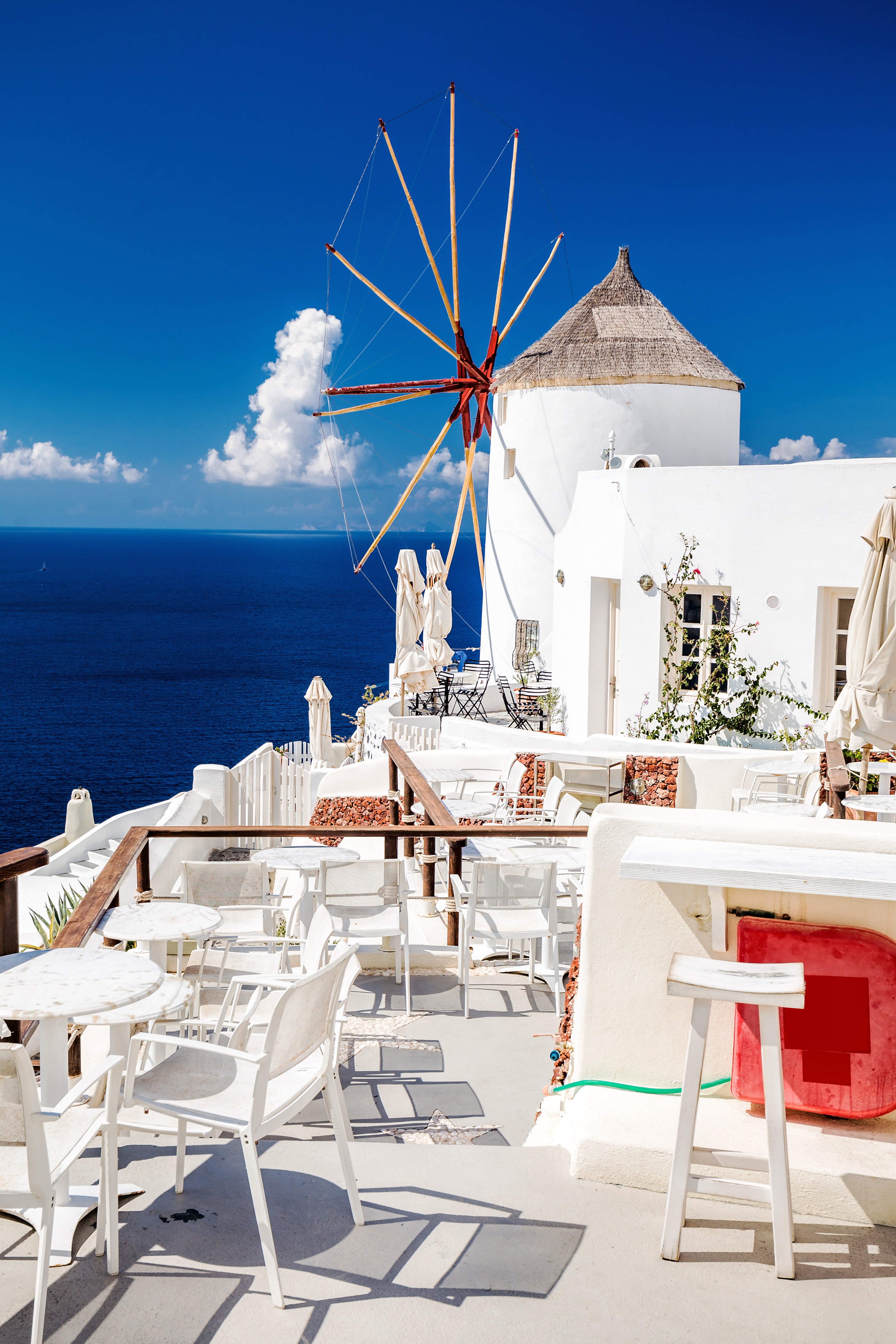
Santorini
Santorini is one of the top tourist destinations in the world and one of the most famous islands. Its unique caldera, the products, the black sand beaches, the beautiful sunset are just some of the elements that make Santorini unique in the whole world.
Brief History of Santorini
Santorini is an island with a rich history. Connected to the myth of the Lost Atlantis but also a series of events that stigmatized the Early Cycladic Civilization. There are many myths associated with Santorini, while the first name of the island is Strogyli, due to its circular shape. The eruption of the volcano in 1600 BC. was to change both the shape of Santorini and the course of history in the Aegean sea. The huge eruption of the volcano and the resulting tsunami are said to have destroyed the Minoan Civilization of Crete, while Santorini's unique caldera was created. The geological phenomenon that people from all over the world visit today.
Santorini reappears dynamically in history, when in the 7th century BC. the top of Mesa Vounos is chosen by the Spartan settlers to build their city. The island takes the name of their king and is called Thira.
The importance of Santorini during the Byzantine Empire can be seen from the fact that there was a Bishopric, while the greater part of the Middle Ages the island belonged to the Venetians and the Duchy of the Aegean. The Venetians gave the current name of the island of Santorini after Santa Irini (the church of Agia Irini located in Perissa).
Santorini became part of the Greek state in 1830 and continued the successful commercial activity that had already begun during the Turkish occupation. Santorinian products (mainly Vinsando wine) travel to Russia and the captains' mansions are built on the island, as well as the sloops in which the crews lived.
The brilliant course of Santorini's trade is interrupted by the devastating earthquake of 1956, only to return dynamically to the fore in the late 70s with the arrival of the first visitors.